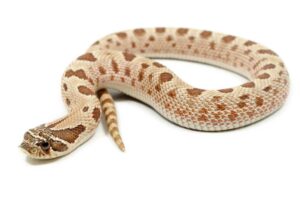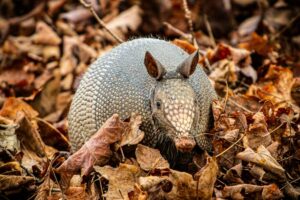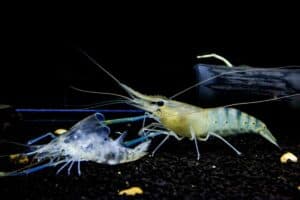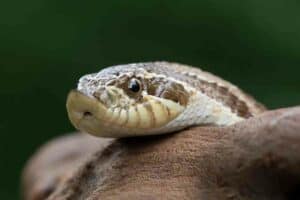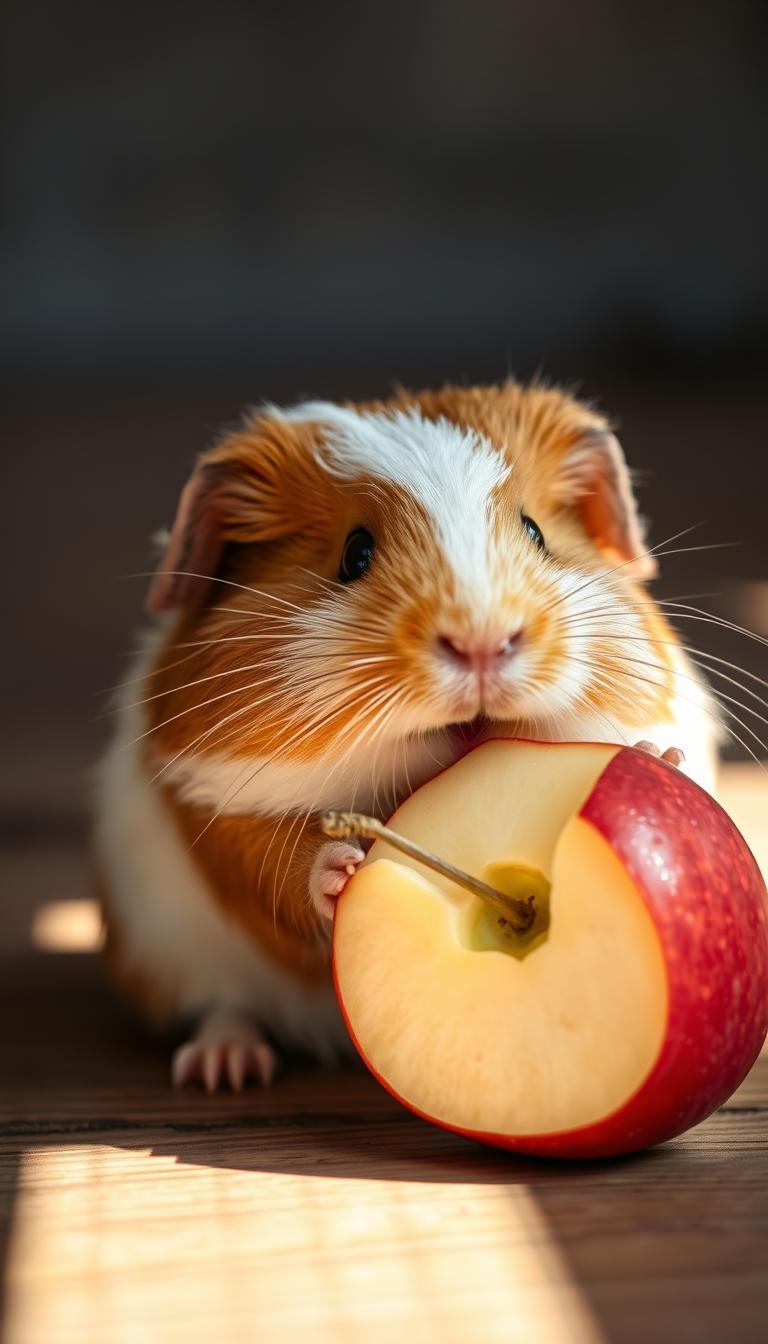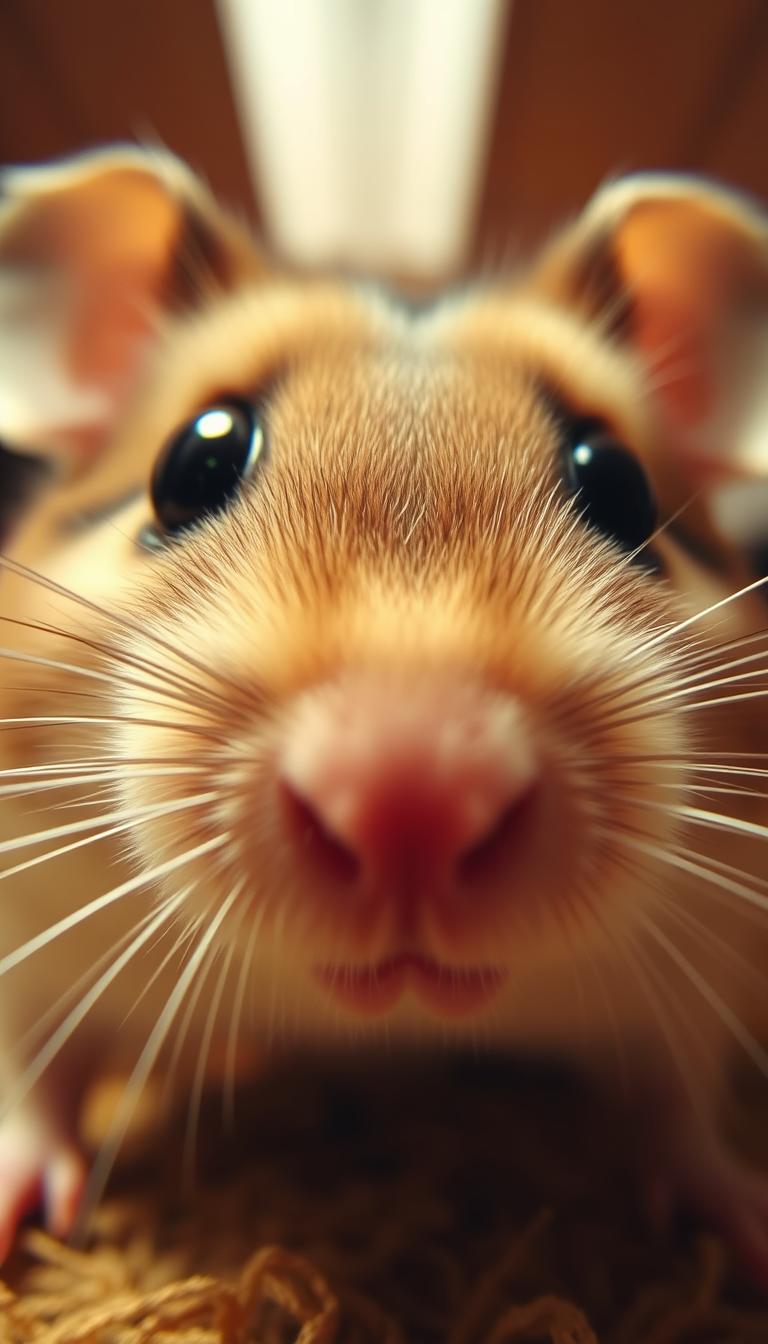Amano shrimp are a very popular freshwater aquarium pet. They grow to be about two inches in length and like to eat algae that grow on the tank walls, glass, and rocks.
Amanos come in many different colors such as white, pink, yellow-golden brown, red with black stripes or spots, and even transparent.
| Care Level: | Easy |
| Temperament: | Peaceful |
| Color: | Transparent/greyish body |
| Lifespan: | 2-3 years |
| Size: | Up to 2 inches |
| Diet: | Omnivore |
| Family: | Atyidae |
| Minimum Tank Size: | 10 gallons |
| Tank Setup: | Freshwater, heavily planted |
| Compatibility: | Peaceful community fish, other shrimps, and snails |
Table of Contents
How Big Do Amano Shrimp Get?
Amano shrimp can grow to be about two inches in length. Generally, they will only reach that size when kept with other smaller fish or animals that are not likely to eat them.
Amano shrimp are freshwater members of the genus Caridina, belonging to a larger group called “Caridea.” Like other shrimps in this family, they play an important role as algae-eaters in so many aquariums around the world—they keep tanks clean and clear.
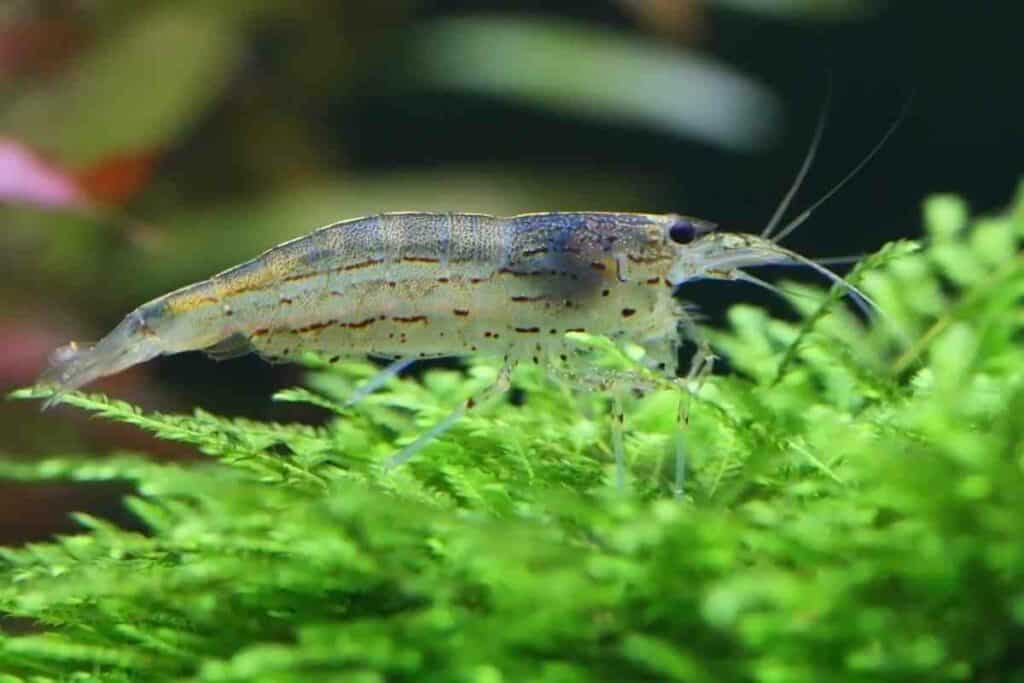
Amano shrimp has long been an important part of the Japanese aquarium industry, and they’re now among some of the most popular shrimp for home aquarists in North America.
How Many Amano Shrimp Per Gallon Of Water?
You will need 2 Gallons of Water per 1 Shrimp. The smallest aquarium for shrimps begins at 10 gallons. However, in order to maintain a small swarm of around five individuals, you will need to have a 20-gallon tank.
| Tank Size | Number of Amano shrimp |
| 10 gallons | Up to 3-4 Amano shrimp |
| 20 gallons | Up to 5-6 Amano shrimp |
| 30 gallons | Up to 10 Amano shrimp |
| 40 gallons | Up to 13 Amano shrimp |
| 50 gallons | Up to 16 Amano shrimp |
How Quickly Do Amano Shrimp Grow?
Amano shrimp grow quickly, taking around 3-5 months to reach maturity. At this point, they will be fully mature and unable to develop any larger or longer.
In an ideal environment, Amano shrimp may develop much faster than in an unsuitable one and mature sooner.
Amano Shrimp Growing Factors
The rate of Amano shrimp growth is greatly influenced by the conditions in which they are kept. A good environment will allow them to reproduce more often, grow at a faster rate, and become healthier. Additionally, their life span will be longer if cared for properly.
Amano shrimp grow quickly, and it’s important to pay attention to some basic factors that influence the growth of all creatures.
A good environment means providing a healthy diet, plenty of vegetation for hiding and grazing, comfortable water conditions, and safety from predators.
How To Make Amano Shrimp Grow Faster?
Amano Shrimps need space to grow and relax. Providing a large tank with plenty of hiding spots and vegetation is the first step toward good conditions for Amano shrimp.
The second step is to make sure that they always have an abundance of food and water, and that there is no pollution in their environment (such as harmful chemicals). Amano shrimp are very sensitive to poisonous substances, so invest in a good water filter.
Lastly, monitor the Amano shrimp population. If you notice that food isn’t being eaten by every member of the swarm, then there may be an underlying issue that needs to be addressed immediately.
This could be because their environment is overcrowded, or the water needs to be changed.
Amano shrimp reproduce at a young age, which means that they can quickly overtake your aquarium if you’re not careful and do not regularly check on the population count and condition of their living space.
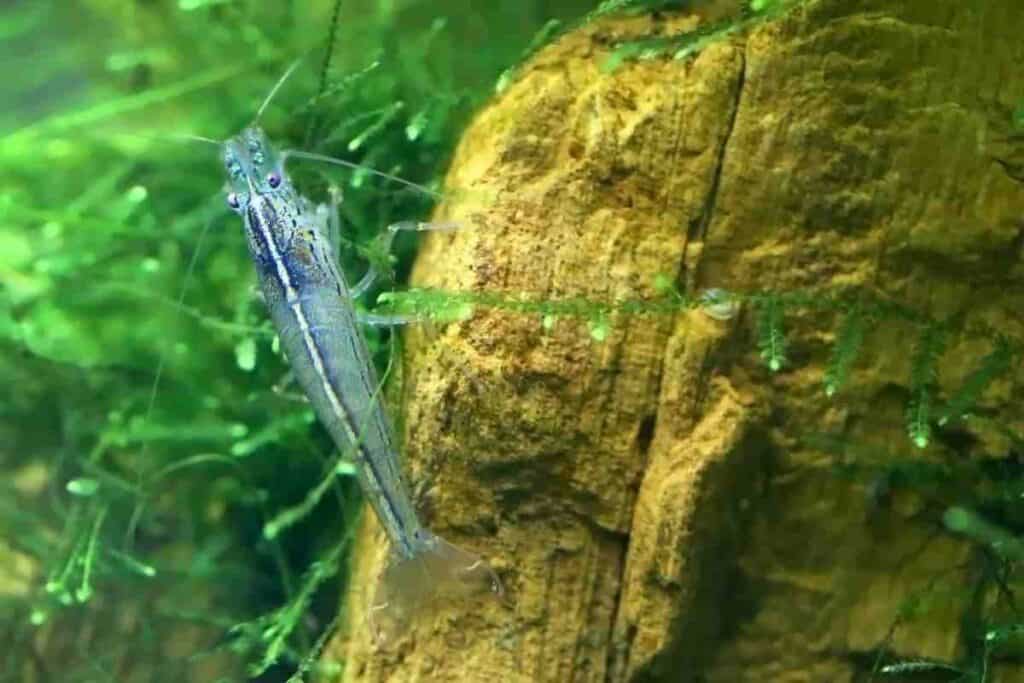
Sometimes it’s difficult to distinguish between male and female adults. If you are unsure, look for a thin white stripe on the edge of their carapace. Females tend to have wider stripes.
Amano shrimp are omnivorous, eating almost anything they can find in your tank. They will eat fish food and plant matter, but if algae are sparse then they may need some supplementing with fresh vegetables. They particularly enjoy cucumber and zucchini.
Don’t overfeed Amano shrimp, as their appetite can become unhealthy and stress them out if they don’t have enough room to move around and graze on algae.
Amano shrimp will often eat the leftovers from your other fish’s food, so make sure you do not overfeed them.
Make sure Amano shrimp always have access to clean water, which you can do by checking their tank for algae, debris, and dead fish at least once every other week.
Amano Shrimp Life Span?
The average lifespan of Amano shrimp is around two years (from hatching until death). Although they have a fairly short lifespan, they breed regularly and grow quickly at the start of their lives.
They often die from being eaten by other fish or dying from disease brought on by overcrowding, poor conditions, stress, etc.
Lastly, Amano shrimp are nocturnal creatures who tend to stay hidden during the day. They graze on algae and sleep at night.
Conclusion
How Big Do Amano Shrimp Get? Amano Shrimp grow to a maximum total length of just over 2 inches (5cm). Amano shrimp are a popular choice for home aquariums because they are omnivorous and grow quickly.
However, it is important to provide them with a good environment in order to ensure healthy growth.




